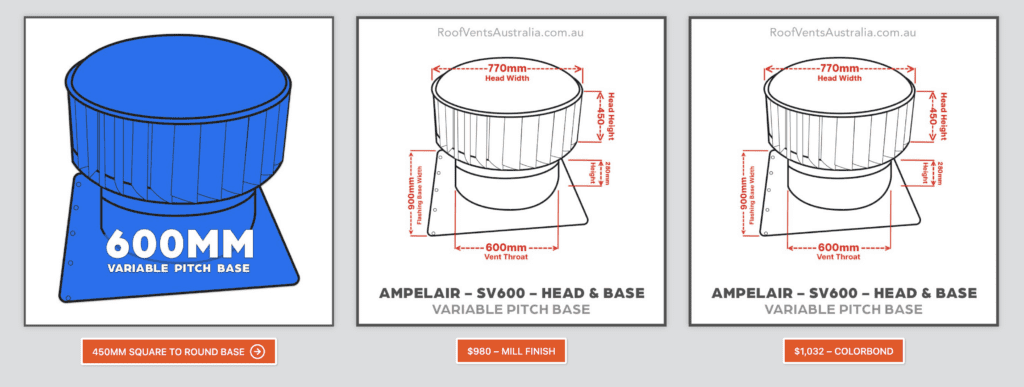Do Whirlybirds Let Rain In? Understanding the Mechanics of Whirlybirds


Rain Heads Custom Made Shipped Free Australia Wide – Click Here >
Dambuster Rain Heads Shipped Free Australia Wide – Click Here >
Commercial Industrial Roof Vents 300mm-950mm – Click Here >
Eco-Friendly Roofing Insulation Shipped Free – Click Here >
Gutter Sumps Shipped Free Australia Wide – Click Here >
Introduction
Whirlybirds, also known as turbine vents or wind turbines, have become a popular means of ventilating attics and other enclosed spaces. While they offer many advantages, like low-cost installation and energy-free operation, a common concern among homeowners and building managers is whether these devices allow rainwater to penetrate into the building. This article aims to demystify the functioning of whirlybirds and address the question: do whirlybirds let rain in?
How Do Whirlybirds Work?
Before diving into the main concern, it’s essential to understand how whirlybirds operate. Whirlybirds consist of a series of blades or vanes, often enclosed in a metal casing, which are mounted on a shaft. The shaft is installed through a hole in the roof, enabling the blades to be exposed to the exterior environment.
The principle of operation is straightforward: as wind blows across the vanes of the whirlybird, it causes the vanes to spin. This rotation generates a low-pressure zone above the whirlybird, which effectively draws air out from the attic or other enclosed spaces below. The result is improved ventilation, reduced moisture, and decreased attic temperatures in hot weather.
The Rain Concern: Do Whirlybirds Let Rain In?
The potential for rainwater entry is a concern often cited when discussing the drawbacks of whirlybirds. While the design of these devices largely protects against rain ingress, no system can offer 100% assurance. Here’s how whirlybirds manage to keep rain out to a considerable extent:
1. Aerodynamic Design
The blades of the whirlybird are often designed to channel airflow upwards and outwards, making it less likely for rainwater to flow along the same path as the air being expelled. The rotating motion, coupled with this aerodynamic design, essentially flings water away from the central shaft.
2. Protective Hood and Louvers
Many whirlybirds come equipped with a protective hood that shelters the upper part of the device, providing an additional barrier against rain. Louvers, or additional fins, may also be present to allow air out but make it more difficult for rainwater to enter.
3. Gravity and Momentum
As the blades rotate, centrifugal force pushes water droplets outward, away from the center of the turbine. Moreover, gravity tends to make water droplets fall towards the ground rather than climb upwards against the spinning motion.
4. Sealing and Installation
A properly installed whirlybird includes adequate sealing around the base, ensuring that even if some water does manage to get past the rotating blades and louvers, it does not enter the building. Quality installation can make a significant difference in the effectiveness of these features.
Limitations and Precautions
It’s worth noting that in extremely windy conditions coupled with heavy rainfall, the effectiveness of these design features could be compromised. Additionally, whirlybirds in poor repair or those that are not properly installed may be more susceptible to rain ingress.
Conclusion
Whirlybirds are effective devices for passive ventilation, drawing hot, stale air out of attics and similar spaces. While they are designed to minimise the ingress of rain, no system is completely foolproof. In the vast majority of conditions, however, a well-installed and well-maintained whirlybird should not let rain into your building. If you live in an area prone to heavy rain and wind, you might consider supplementary waterproofing measures or alternative ventilation systems. But for most, the whirlybird provides a cost-effective, energy-efficient solution to many ventilation issues.
